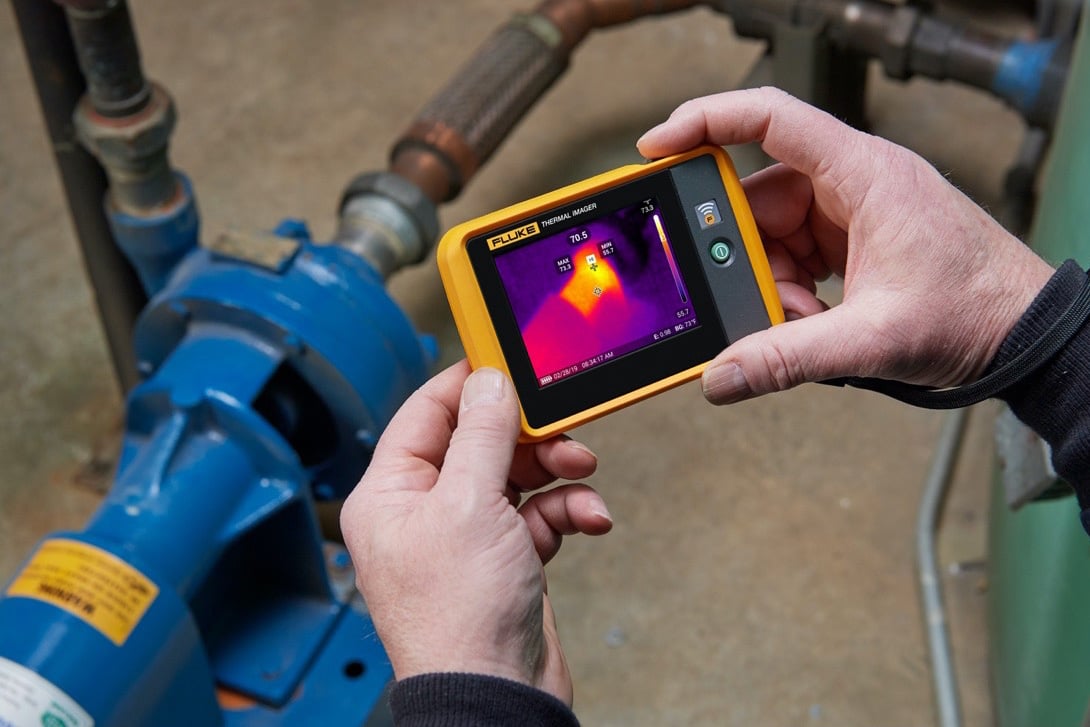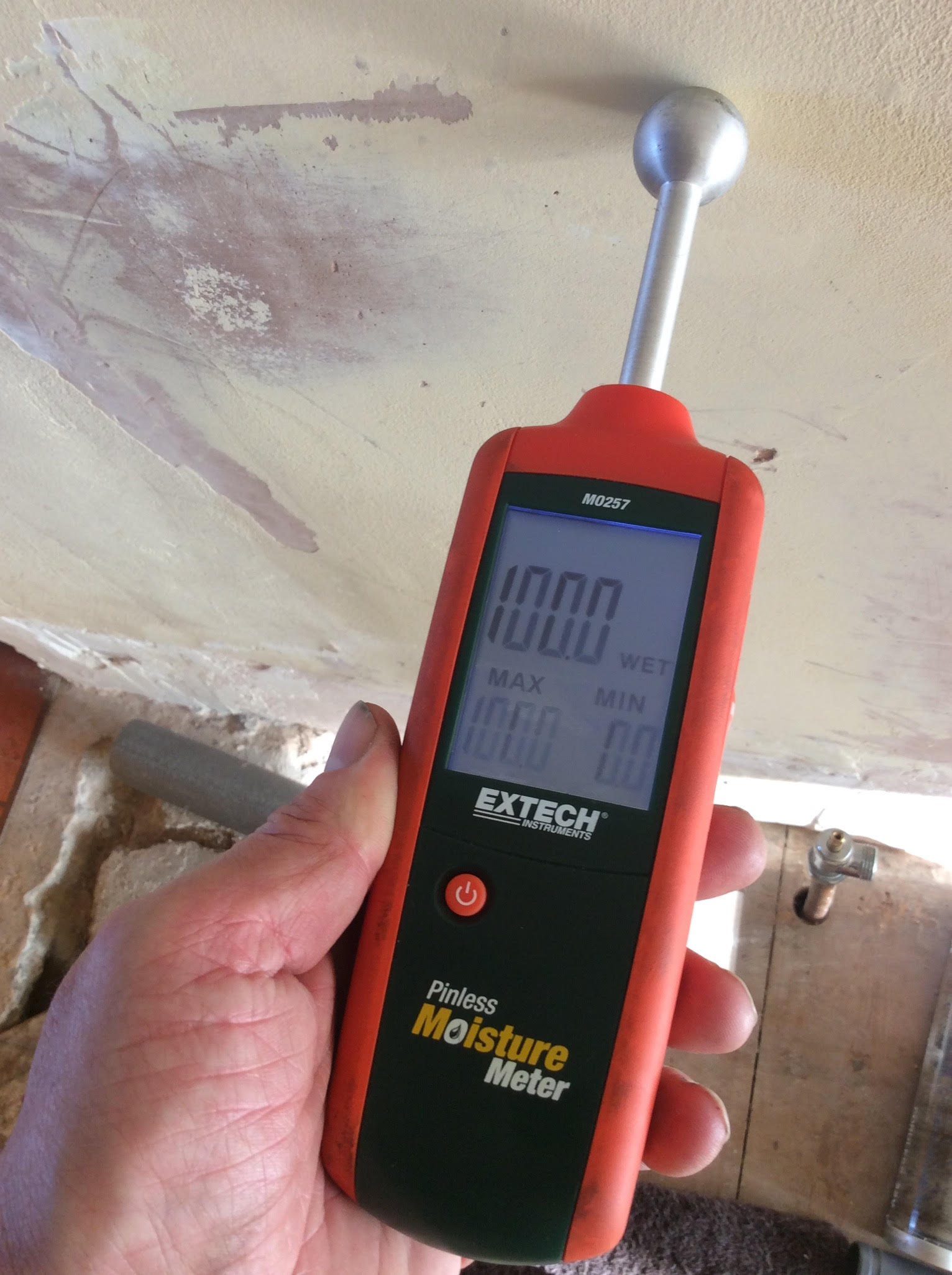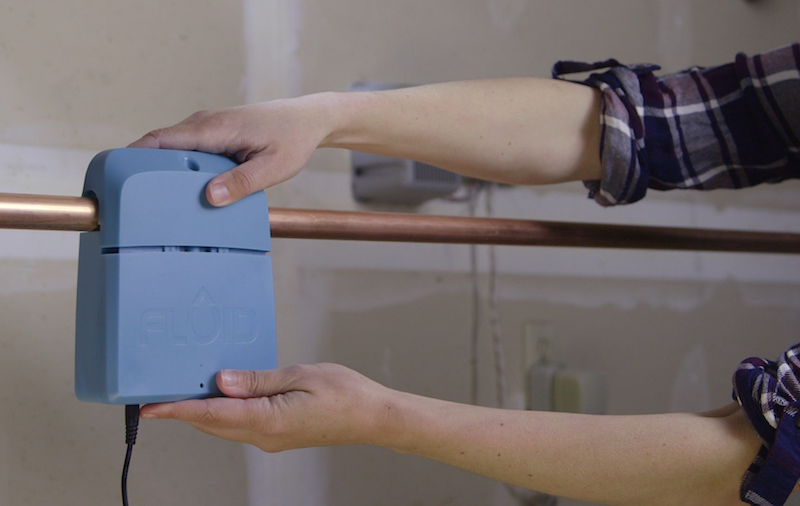Ingenious Solutions for Early Detection of Water Leakages in Buildings and Framework
From cutting-edge leak detection modern technologies to the deployment of IoT sensing units for real-time monitoring, the landscape of leakage prevention is evolving quickly. Automated water flow evaluation systems are reshaping how leaks are identified and attended to, paving the method for a positive approach to water leakage detection.
Advanced Leakage Detection Technologies
Advanced leakage detection innovations, furnished with innovative sensors and formulas, play a vital function in quickly recognizing and determining water leaks in different setups. Electromagnetic sensing units can determine modifications in electro-magnetic fields triggered by water, offering yet an additional layer of leak detection ability.

IoT Sensors for Real-Time Tracking
In the world of modern-day water leakage detection, the integration of IoT sensors for real-time tracking stands for a crucial advancement in enhancing proactive leak detection abilities. These sensors use continual surveillance of water supply, providing real-time data on water flow rates, pressure variations, and temperature modifications. By leveraging IoT innovation, these sensing units can detect even the smallest anomalies in water usage patterns, enabling early identification of prospective leaks before they intensify into major problems.
IoT sensing units send information to a centralized platform, where sophisticated algorithms examine the info and produce informs or notices when abnormalities are found. This real-time tracking ability enables residential property proprietors or center supervisors to without delay resolve leaks, lessening water damage, reducing repair expenses, and saving water resources.
In addition, IoT sensing units can be integrated with building monitoring systems, enabling for automatic responses to identified leakages, such as shutting off water shutoffs or triggering pumps to mitigate the influence of leakages. Overall, the execution of IoT sensing units for real-time monitoring significantly improves the efficiency and performance of water leak discovery in buildings and infrastructure.
Equipment Understanding Algorithms for Leakage Prediction

One secret benefit of using maker learning for leakage prediction is its capacity to continually learn and improve its accuracy over time. As even more information is gathered and fed right into the algorithm, it can improve its predictions and adapt to transforming problems, ultimately find more information increasing the integrity of leakage detection systems.
Furthermore, artificial intelligence algorithms can assist in determining refined indicators of leaks that may go undetected by standard monitoring techniques. water leak detection. By analyzing go to website complicated information embed in real-time, these formulas can offer very early warnings and informs, enabling timely treatment and preventive upkeep to minimize prospective water damages and connected prices
Utilizing Thermal Imaging for Leakage Detection
Thermal imaging modern technology offers an encouraging approach for spotting water leakages in different systems and frameworks. By using infrared radiation and temperature level variances, thermal imaging cams can identify surprise leaks that are not easily visible to the nude eye. When water gets away from pipelines or structures, it commonly alters the temperature level of the bordering location, developing temperature level differentials that thermal electronic cameras can catch. These temperature level irregularities are then translated right into noticeable images, highlighting the exact area of the leakage.
Among the vital advantages of thermal imaging for leakage discovery is its non-intrusive nature. Unlike traditional techniques that might call for breaking right into walls or floors to locate leakages, thermal imaging permits non-destructive screening. This not just conserves time and minimizes costs however also decreases disturbance to the structure or facilities being analyzed. In addition, thermal imaging can rapidly scan large areas, supplying an extensive review of prospective leak sources in a prompt way. Overall, using thermal imaging innovation improves the effectiveness and precision of water leakage detection, making it a valuable tool for preserving the honesty of structures and facilities.
Automated Water Flow Analysis Equipments
How can computerized water circulation evaluation systems transform the detection and monitoring of leaks in different Clicking Here systems and facilities? Automated water flow analysis systems offer a proactive approach to leakage discovery by constantly keeping track of water flow prices and patterns. By establishing standard information, these systems can rapidly recognize inconsistencies that may indicate a leakage, enabling prompt treatment to avoid comprehensive damages.
These systems make use of advanced algorithms to examine real-time data and offer immediate informs when anomalies are identified, permitting swift activity to be taken. Additionally, automatic water circulation analysis systems can be incorporated with building monitoring systems or IoT systems, boosting general performance and allowing remote monitoring capabilities.
Furthermore, the information accumulated by these systems can be utilized for anticipating upkeep purposes, aiding to determine possible weak points in the facilities prior to leakages happen. On the whole, the application of automated water circulation analysis systems can dramatically improve leakage discovery and management practices, ultimately causing cost savings, lowered water waste, and increased sustainability in structures and facilities.

Final Thought
Finally, the assimilation of sophisticated leakage discovery innovations, IoT sensing units, artificial intelligence algorithms, thermal imaging, and automatic water flow evaluation systems provides cutting-edge services for very early detection of water leaks in buildings and infrastructure. These technologies allow real-time monitoring, forecast of leaks, and reliable detection methods to stop water damage and waste. Carrying out these services can aid in maintaining the integrity and sustainability of water systems in numerous setups.